To determine if your cooling system is in good working order, lift your hood and start the engine while listening and observing all system components. Look for any leaking coolant with a flashlight. While maintaining a safe distance from all moving engine parts, observe the radiator hoses and give them the “squeeze test.” This entails squeezing the hoses to make certain they do not collapse when they age and soften but bounce back to their original shape. Replace any hoses that are soft, very pliable, or have visible cracks or holes to prevent them from collapsing in the future and overheating your engine. Observe the cooling fan in front of the radiator to make certain it spins freely while your engine is running and warm. Replace the fan if it does not turn when the engine is warm if the fan wobbles from an out-of-balance issue, or if any broken or bent shrouds are present. Check belts to make sure they are not stretched, cracked, or frayed. Make sure the radiator cap seals properly as well.
Be sure to do a complete cooling system flush and fill. Drain your radiator, flush it, and refill it with the proper distilled water/coolant mixture recommended by your vehicle’s manufacturer. Old coolant loses its ability to protect the system over time and collects sediment and debris which will contaminate the entire cooling system and its components.
The water pump is the heart of the cooling system and a water pump failure can be extremely detrimental to the life of your vehicle’s engine. Without the water pump managing proper coolant flow to maintain optimal engine temperature, the engine will become too hot and can seize up.
There are several signs of a water pump starting to fail. The most common include engine overheating, evidence of a leak, or noise from the water pump. The engine’s temperature indicator on your dashboard will be running at a higher-than-normal temperature or your engine completely overheats. If this happens, be sure to immediately shut the vehicle down and seek service.
Also, evidence of water pump failure can include the presence of a large amount of fluid leaking from the pump’s weep hole. When this occurs, you will notice the smell of hot coolant under the hood and inside your vehicle. Visually inspect your pump for excessive leak stains. A coolant can also be heavy enough to drop onto the ground underneath the engine. Place a piece of cardboard under the water pump at the front of your engine and run it. If the cardboard catches drips of coolant/water mixture, this indicates that a pump is starting to fail or has already failed.
Water pumps have bearings in them that may go bad. When bearings start to fail, a whirring sound emanates from the water pump.
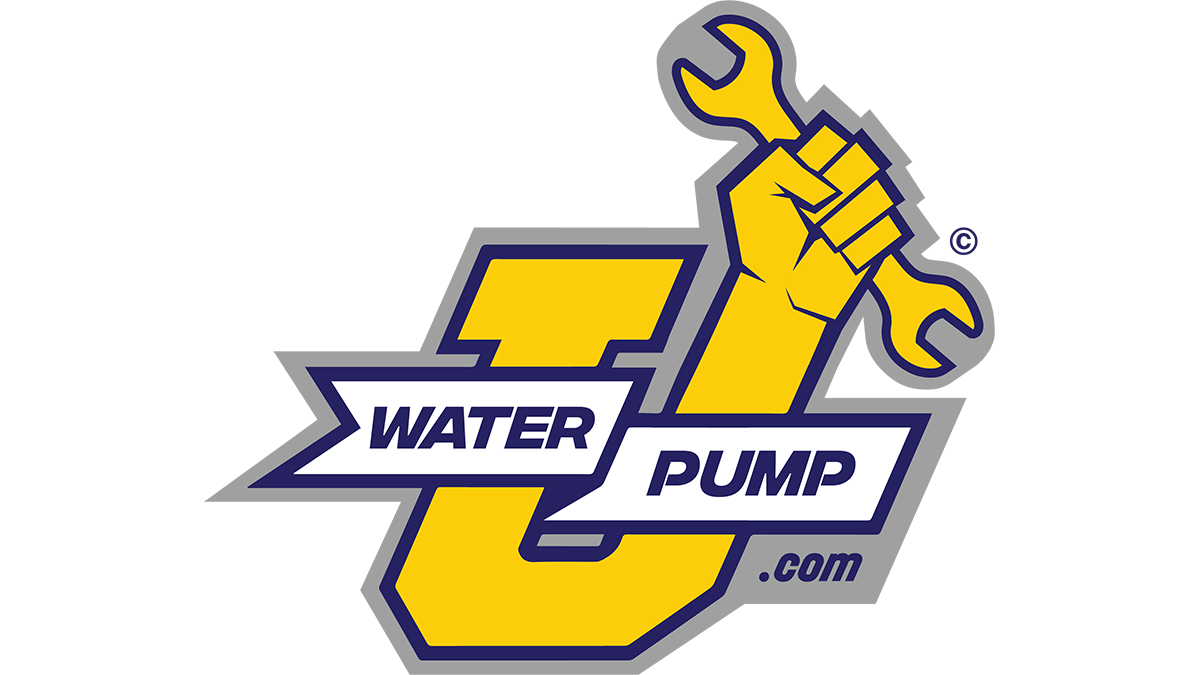
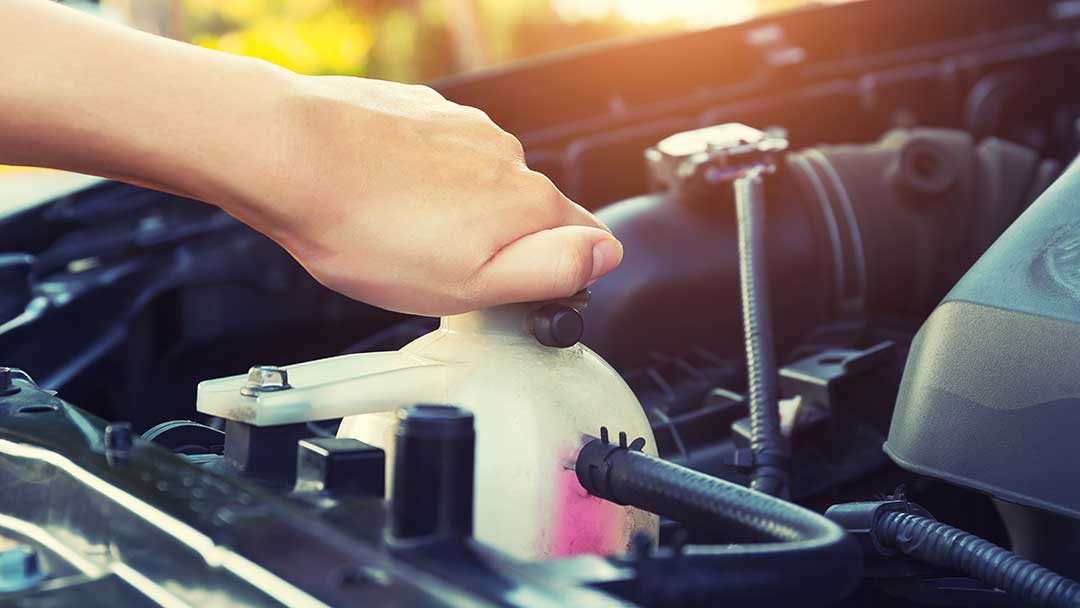




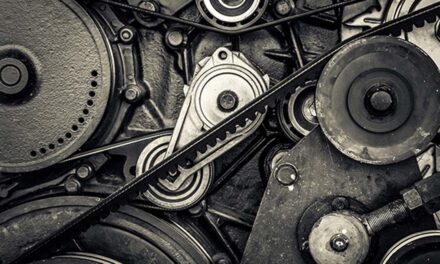
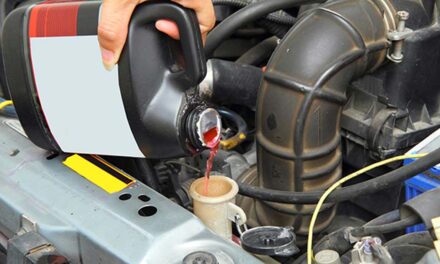
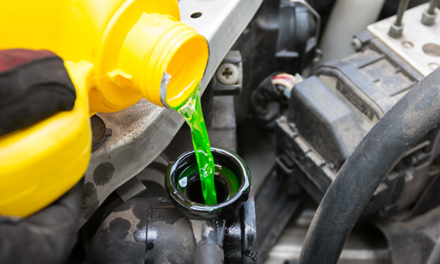
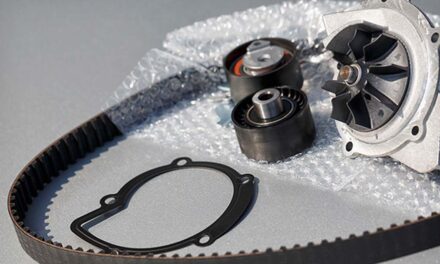
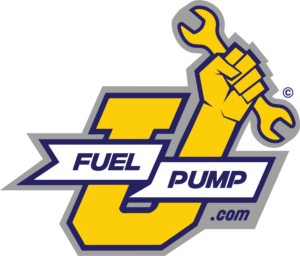



I never thought of the pump as the heart of the cooling system. That helps me understand how essential it is. So I’ll see what I can do about getting a good pump.